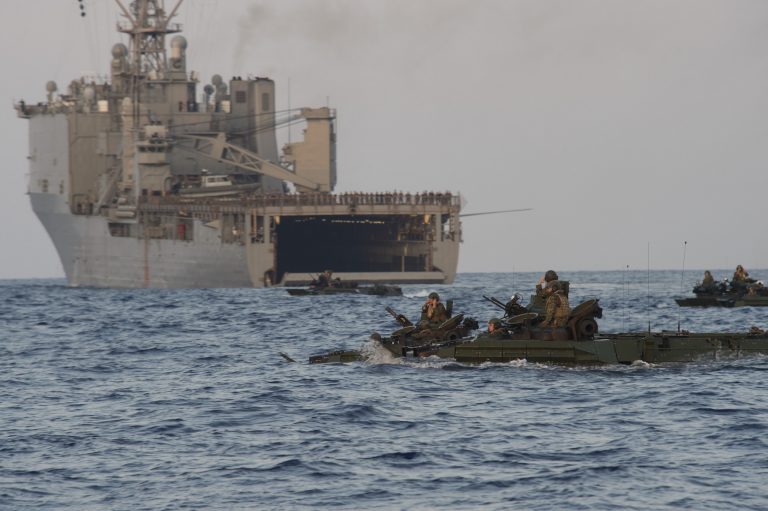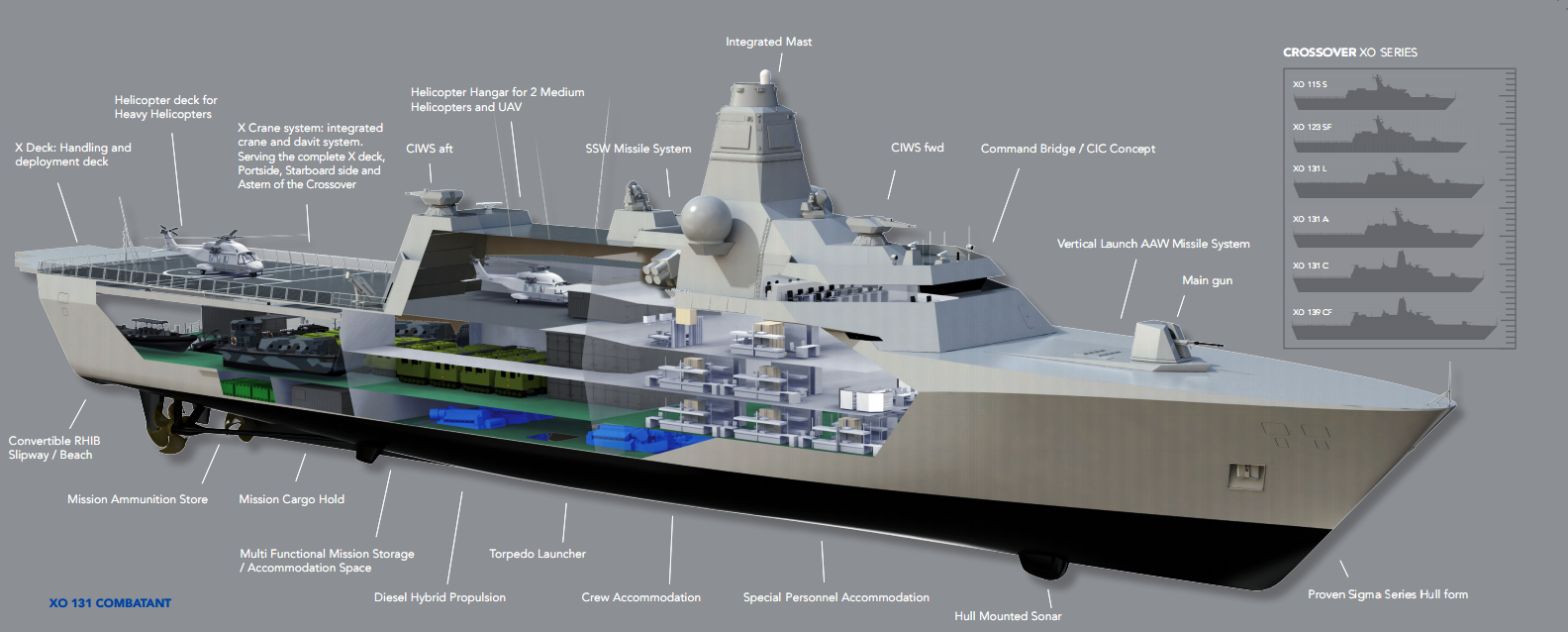- Reaction score
- 146
- Points
- 710
New commandant wants a sweeping re-do of concept of amphibious operations:
Mark
Ottawa
Sacred Cows Die As Marine Commandant Changes Course On Amphibs
“It would be illogical to continue to concentrate our forces on a few large ships," the new USMC Commandant writes in his new guidance, setting decades of planning on its head. So what's next?
The new Marine Corps Commandant has issued a startlingly blunt new set of orders to his commanders, calling for a complete overhaul of the core amphibious mission of the Marines and how they operate once they hit shore. In the span of one 26-page document posted online last week, Gen. David H. Berger made clear he’s setting a new course for the Corps, scrapping old capabilities without a trace of sentimentality.
Berger, who took command earlier this month, wasted no time in issuing his sweeping critique of the Marine amphibious strategy, calling the current approach of moving Marines ashore aboard slow, small amphibious vehicles and helicopters an “impractical and unreasonable” plan that has been wedged within a force that “is not organized, trained, or equipped to support the naval force” in high-end combat.
In other words, Berger is calling into question the Navy’s years-old requirement for 38 amphibious ships to carry Marines to the fight.
“The ability to project and maneuver from strategic distances will likely be detected and contested from the point of embarkation during a major contingency,” his new document states, while declaring the Corps must be able to quickly move and scatter forces ashore to avoid the proliferation of precision strike capabilities [emphasis added].
And then comes the key line.
“It would be illogical to continue to concentrate our forces on a few large ships. The adversary will quickly recognize that striking while concentrated (aboard ship) is the preferred option. We need to change this calculus with a new fleet design of smaller, more lethal, and more risk-worthy platforms.”
The decades-old idea that Marines could punch their way ashore from amphibious ships parked dozens of miles offshore has been hijacked by reality. In many parts of the world — particularly the Pacific, where China has covered islands with anti-ship missiles and airfields — the old way of thinking has long since died [emphasis added]. Even groups like the Iranian-backed Houthis in Yemen have some stand-off capabilities that could inflict some pain.
“We must change,” Berger wrote, “we must divest of legacy capabilities that do not meet our future requirements, regardless of their past operational efficacy.”
Earlier this year, the Navy cut two amphibious ships from its 2020-2024 shipbuilding and budget plan, indicating that Berger’s critique might not have come as a complete shock. Earlier this year — before he was commandant — Berger outlined some of his ideas at an amphibious shipbuilding industry forum, saying “we’re going to need long-range fires that can operate from a ship or from the shore to take out sea-based or shore-based platforms” in order to give amphibs some room to maneuver. But his new document goes much further [emphasis added].
In a Twitter thread praising Berger’s guidance, Chris Brose, former staff director of the Senate Armed Services Committee, called it “one of the best defense documents I have read in a long time. The blood of sacred cows is all over this thing.”
On Thursday, Naval analyst Bryan McGrath called the document “the single most consequential piece of writing about American seapower since the combined effort of the 1980 maritime strategy. It is that big, and that important.” Appearing on a War on the Rocks podcast, he added that part of its impact is that the paper, by dint of being signed by the Commandant of the Marine Corps, is now gospel. “There are 180,000 Marines who will cite this thing chapter and verse as long as he is Commandant…and it makes a wonderful case for the new CNO and secretary of the Navy to get on board.”
Berger’s arguments look like they’ll find favor with the presumptive Deputy Defense Secretary, David Norquist, who said during his nomination hearing this week that the US needs to find ways to get inside the “blunt layer” of Chinese anti-access weapons in the Pacific, and he’ll be looking at “investments that allow you to survive in that environment. Things that let you detect and defend, and hide yourself.”..

Marines maneuver amphibious assault vehicles near the amphibious dock landing ship USS Germantown.
https://breakingdefense.com/2019/07/sacred-cows-die-as-marine-commandant-changes-course-on-amphibs/
Mark
Ottawa





